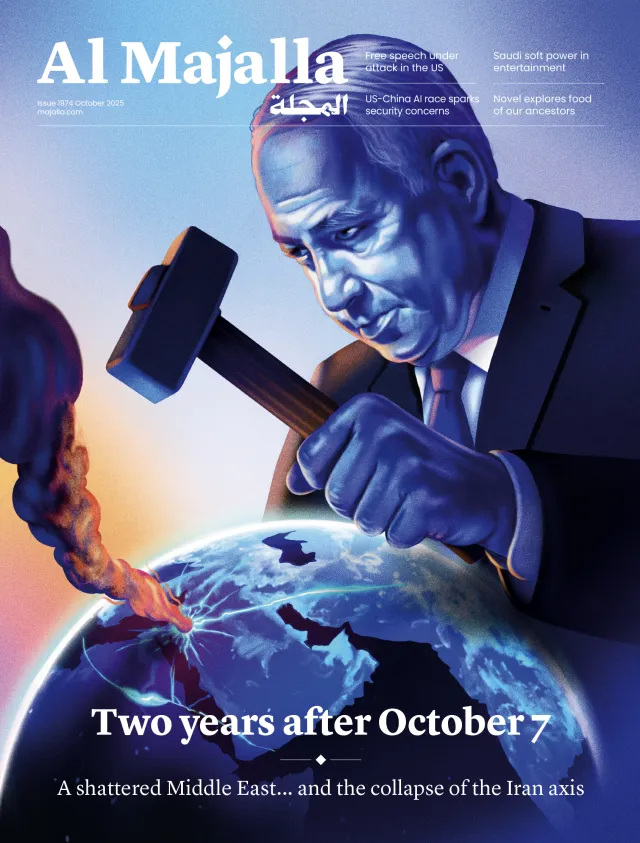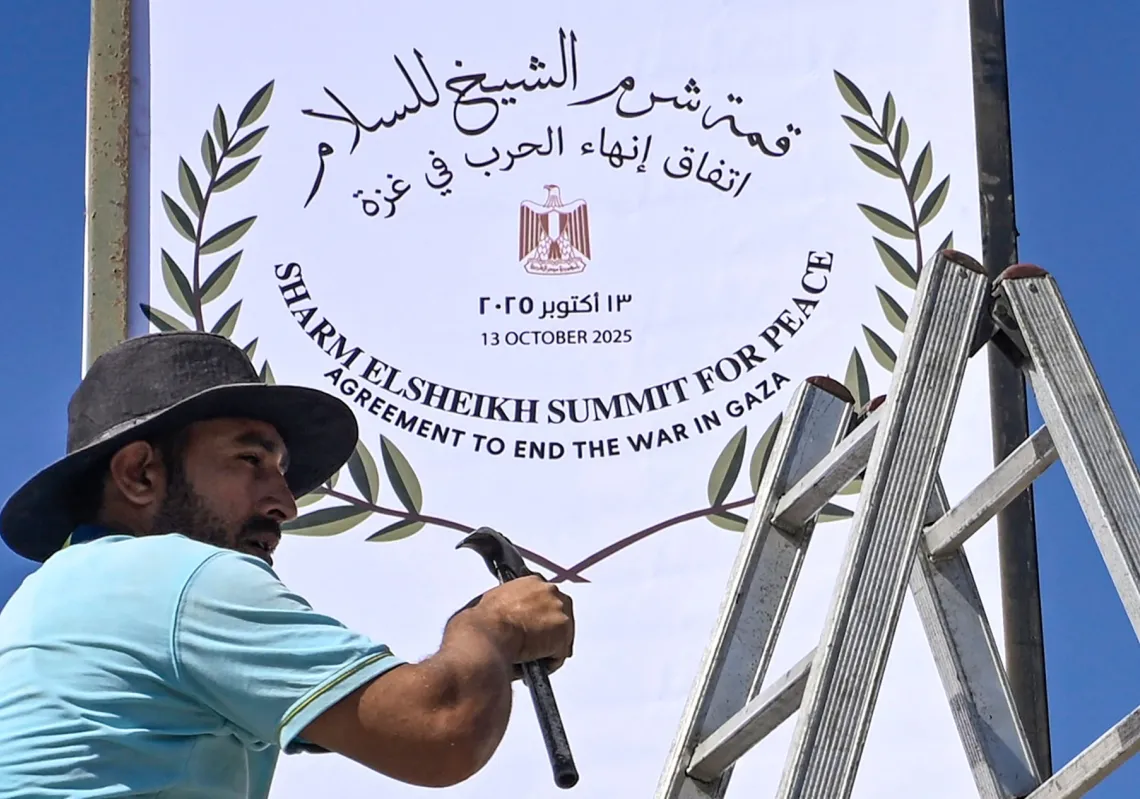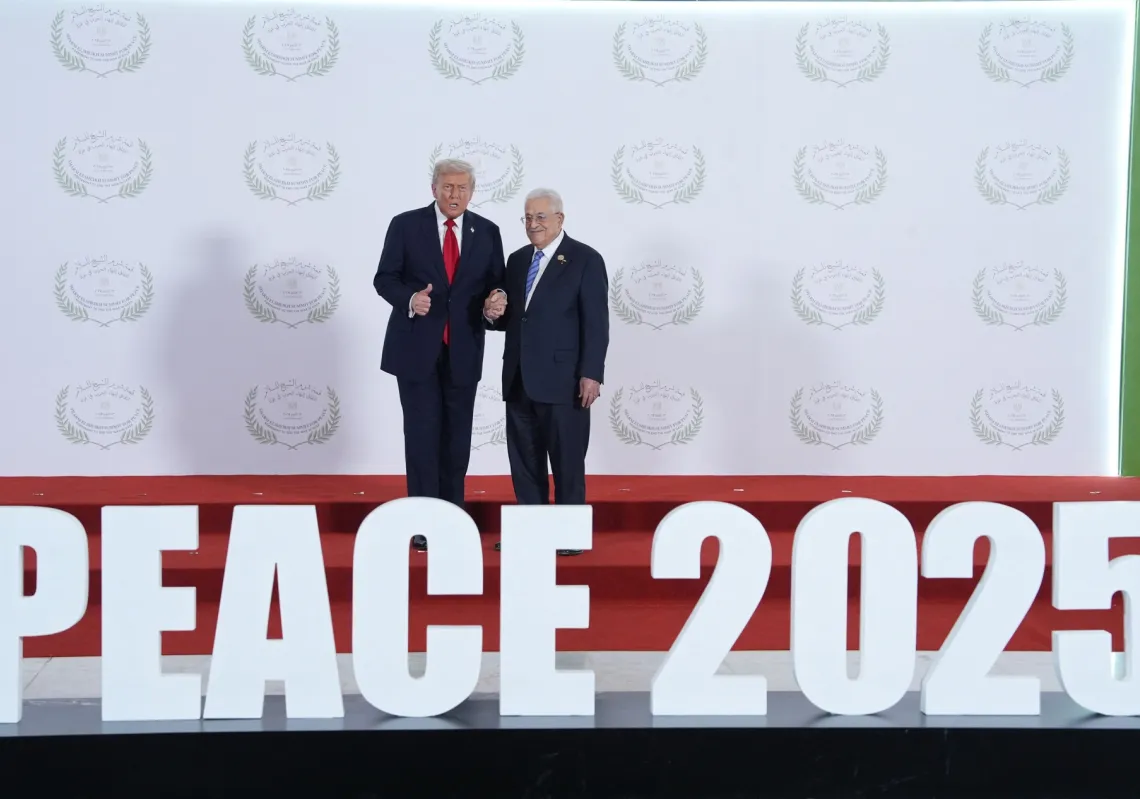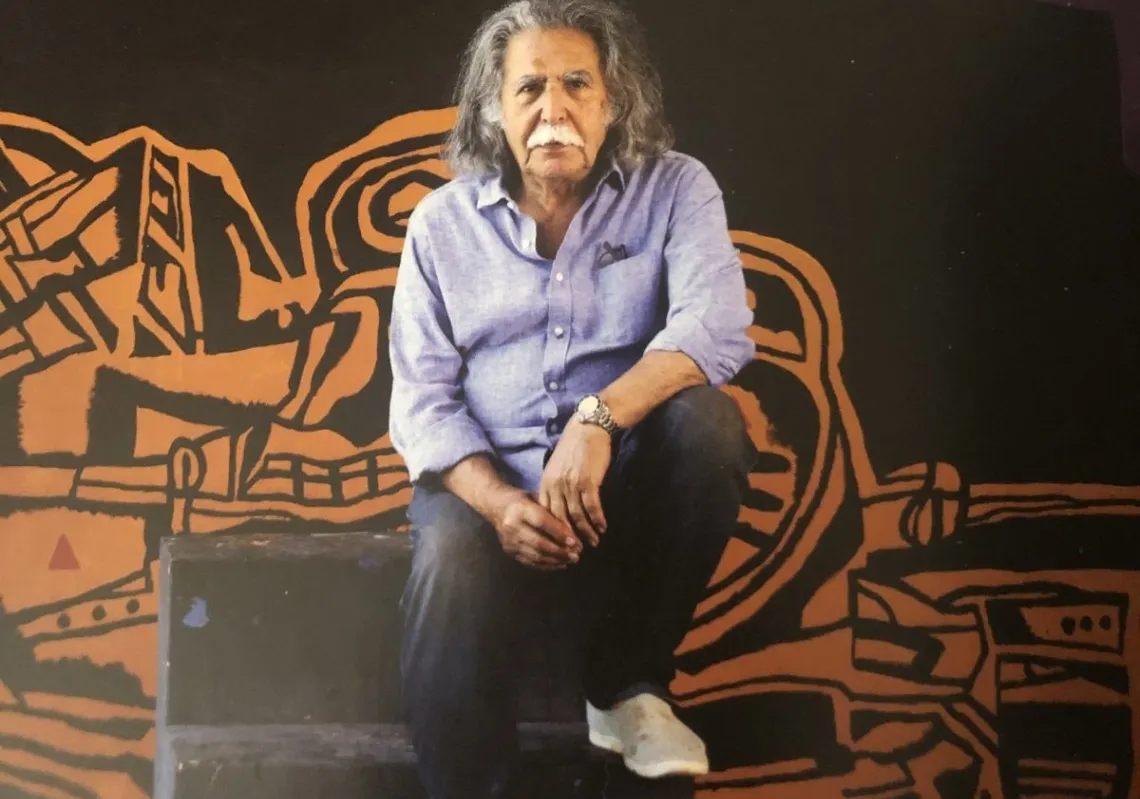 Police officers walk past floral tributes placed at the scene of an attack on Westminster Bridge, in London, March 24, 2017. (REUTERS)[/caption]
Police officers walk past floral tributes placed at the scene of an attack on Westminster Bridge, in London, March 24, 2017. (REUTERS)[/caption]
By Jytte Klausen
The terrorist attack near the British Parliament on Wednesday, in which a man rammed a car into pedestrians on Westminster Bridge in London, parallels last year’s incidents in Berlin and in Nice where large vehicles were also used to kill crowds of people. In the aftermath of these events, the attackers have been widely called “lone wolves." This is a myth that must be dispelled. Lone actors they were, but only on the day of the attack.
In London, the assailant has been identified as Khalid Masood, a 52-year-old British-born man, who had recently been living in Birmingham, a major city in the West Midlands. He had used several aliases, including his birth name Adrian Russell Elms (later Ajao after his mother’s marriage), and had at some point converted to Islam. He was married and had children. The police had previously investigated him but determined he was not a security risk.
On Wednesday night and Thursday morning, as more arrests were made in Birmingham and London, it became clear Masood had not acted alone. None of the other suspects involved, of which there are now at least 11, have been named, but unusually, three of them are women. These arrests suggest that Masood was part of a network of jihadist extremists in Birmingham, which The Times notes is a recruiting ground for ISIS. There is a high concentration of jihadist extremists within five of the city's 23 council wards. Masood had also lived in Luton, a town north of London that is considered another hotbed of extremism. In February, officials arrested five people there who had been radicalized by the preacher Anjem Choudhry.
Predictably, two hours after the attack, supporters of the (ISIS) took credit. An online forum, Ansar Alkhelafa Europe, managed by a group that calls itself the Ansar al-Mujahideen Network, was among the first. The site is registered to addresses in Roubaix, France. The day after the attack, the ISIS’s news agency Amaq sent its congratulations, calling the assailant “a soldier of the ISIS.” This is a standard term used by ISIS. Also standard would be a posthumously-released video of the perpetrator declaring his allegiance to the self-declared caliph of ISIS, Abu al-Baghdadi. If such a video emerges in Masood’s case, then it can be said with some certainty that ISIS had an active role in planning the attack.
Anis Amri, a Tunisian, who plowed a hijacked truck into a market square in Berlin on December 19, 2016, killing 12 people, was part of a network made up of Italian-based ISIS operatives and other local extremists. A CCTV camera captured Amri, shortly after the attack, holding his index finger aloft in the signature gesture of the ISIS, indicating his commitment to the group’s cause. Four days later, on December 23, Amri was killed in a random police check on a street in Milan. It slowly became clear that the attack had been carefully planned. After his death, ISIS released a video of him declaring his allegiance to al-Baghdadi and dedicating his martyrdom to the umma, which jihadists and Islamists translate as “Muslim nation.” German authorities later raided a mosque in the Moabit area of Berlin known as Fussilet 33 (in reference to a Koranic verse), which they had been considering shutting down since 2015. The mosque was suspected of recruiting for the ISIS and Amri had visited the mosque on the day of the attack. In Italy, a cell of Tunisians were arrested and deported.
The Nice attack on June 14, 2016, was the deadliest of all the incidents that have involved large vehicles. The driver, Mohamed Lahouaiej-Bouhlel, a Tunisian resident in France, drove a truck into crowds of people celebrating Bastille Day on Nice’s waterfront promenade. Eighty-four people were killed and over 400 injured. The police were quick to declare it a “lone wolf” attack, and said that it had been impossible to anticipate. But five weeks later, the French terrorism prosecutor, François Molins, revealed that a jihadist cell had been planning the attack for months, if not longer. Eleven people have been charged with complicity. And, again, the ISIS took credit and pictures of the assailant raising his index finger in the air inevitably emerged.
There have been clear patterns in all of these recent attacks. From Brussels’ Molenbeek neighborhood to Gothenburg’s Angered district, jihadist violence is emerging from neighborhoods that are also fighting gangs and the drug trade.
Terrorist recruiters and sponsors also favor the “lone wolf” narrative. They want us to think that any Muslim is a potential threat because, as they say, there can be no “armistice” between Muslims and the West.
The reality is that it takes time and preparation for someone to develop the capacity to carry out a terrorist act. Until it is publicly acknowledged that terrorism is the result of collective action, we will find ourselves in a Groundhog Day scenario, running through the erroneous “lone wolf” script yet again.
*This article was originally published on ForeignAffairs.com.









